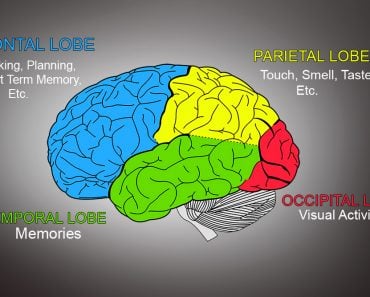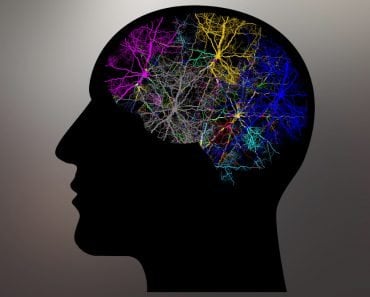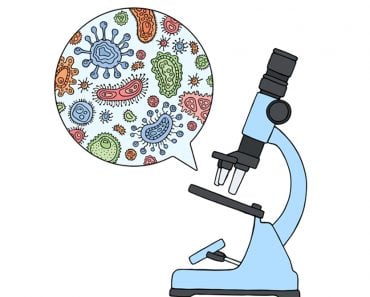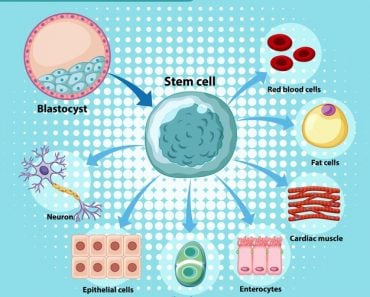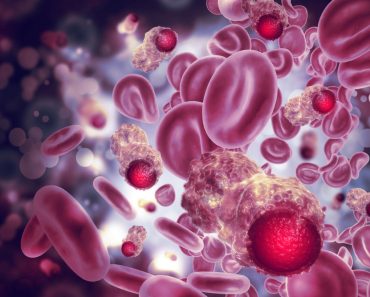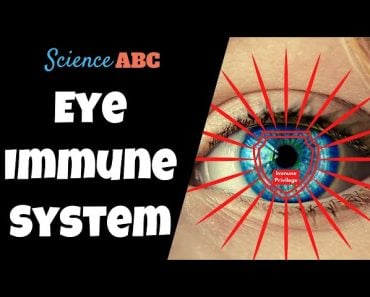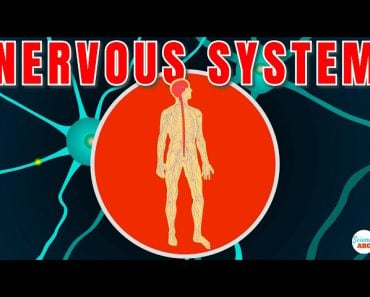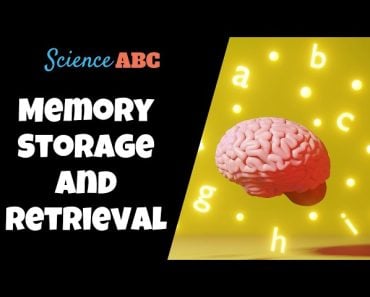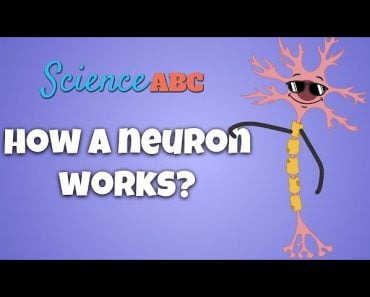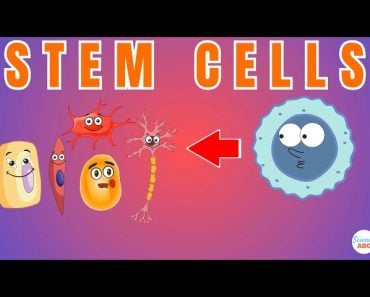Table of Contents (click to expand)
Glial cells are a diverse group of cells. They are responsible for various different functions from protecting the brain and making it work better.
Our brain is an extraordinary machine. With almost 200 billion cells powering it, the brain sits as the guest of honor at the dinner table of our vital organs. In the pantheon of scientific curiosities, the brain is accorded a top position, with research so widespread and expansive that popular science can barely scratch the surface in covering all the new things we learn all the time.
The neurons are the stars of this vast research effort. Since their discovery by Johannes Purkinje in 1832, their electricity has been used to explain how we feel, move and engage our more abstract tendencies, such as creativity and consciousness.
However, there aren’t actually 200 billion neurons in the brain. There are only about 86 billion neurons, so what makes up the rest of the brain?
Recommended Video for you:
History Of Glial Cells
Glial cells make up the other brain cells. They are a diverse group of cells that are versatile in their range of functions.
Glial cells were first discovered in 1838 by Robert Remak. He discovered Schwann cells (named after Theodor Schwann, who confirmed Remak’s discovery), which are a type of glial cell that covers the neuron’s long axon. After this initial breakthrough, numerous other glial cells were uncovered, from star-shaped astrocytes, small microglia and multi-pronged oligodendrocytes.
However, all these cells, despite their diversity, were relegated to the mere status of “glue”, the Greek origin of the word “glia”. Neuroscientists of the early 20th century thought that glia did nothing more than support the neurons in their functions.
Types Of Glial Cells
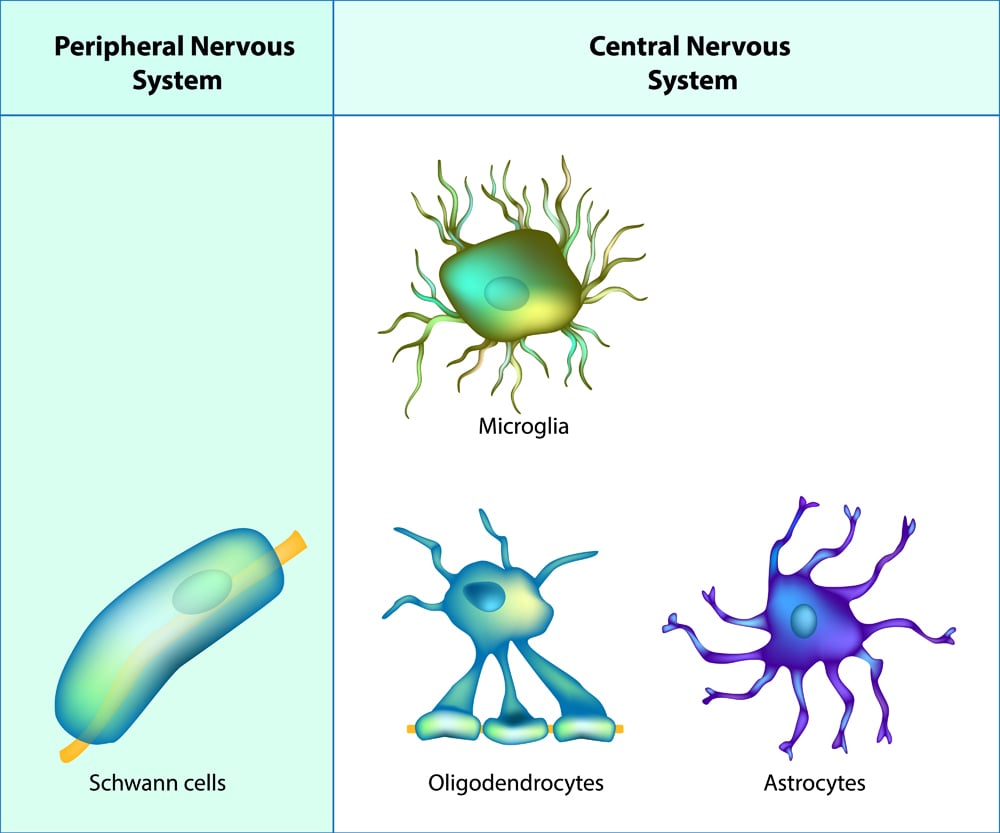
Oligodendrocytes
Oligodendrocytes, the most numerous glial cell, covers the axon of neurons in the central nervous system (the Schwann cells do the same for neurons in the peripheral nervous system). This covering allows neurons to pass impulses with lightning speed. A neuron without an oligodendrocyte covering, an unmyelinated neuron, transmits its action potential at a speed of 0.5 to 10 m/s, while a neuron with an oligodendrocyte coverings, a myelinated neuron, transmits its action potential at a speed of 150 m/s!
Astrocytes
The astrocytes are the next most abundant type of glial cell. They perform a dizzying array of functions, all of which follow the general trend of ‘taking care of the brain’. They clean up the brain’s toxic trash, secrete the right chemicals that make the brain comfortable for cells, make sure the neurons have nutrition, and protect the brain from injury. Everything the astrocytes do is in support of the brain.
<h3><i>Microglia</i></h3>
Last are the microglia, the brain’s immune system. Our normal immune system, which protects the rest of the body, is kept strictly separate from the brain. In fact, very little from the blood is allowed into the brain. The microglia, along with the astrocytes, make sure nothing gets in, and if anything does enter, it is eliminated before it can cause havoc.
The Function Of Glial Cells
The functions of the glia I’ve described so far have all centered on making sure the neurons perform well. Such bland, basic descriptions of glia make it seem like their identify is defined by neurons. However, as time and research have pushed on, we’ve found that this neuron-centric identity of the brain is misleading, and an unexciting representation of reality.
During Brain Development
A type of glial cell, called radial glia, guide neurons to make the right connections. During brain development, new neurons aren’t where they need to be. Radial glia lay down tracks, similar to railway tracks, that allow new neurons to reach their final destination. Without them, our neurons would be lost and our brain would look like your tangled-up headphones.
Helping Synapses
Glia aren’t the managers that make the neurons work perfectly; they simply take part in the communication. The astrocytes collaborate with neurons to form a tripartite synapse.
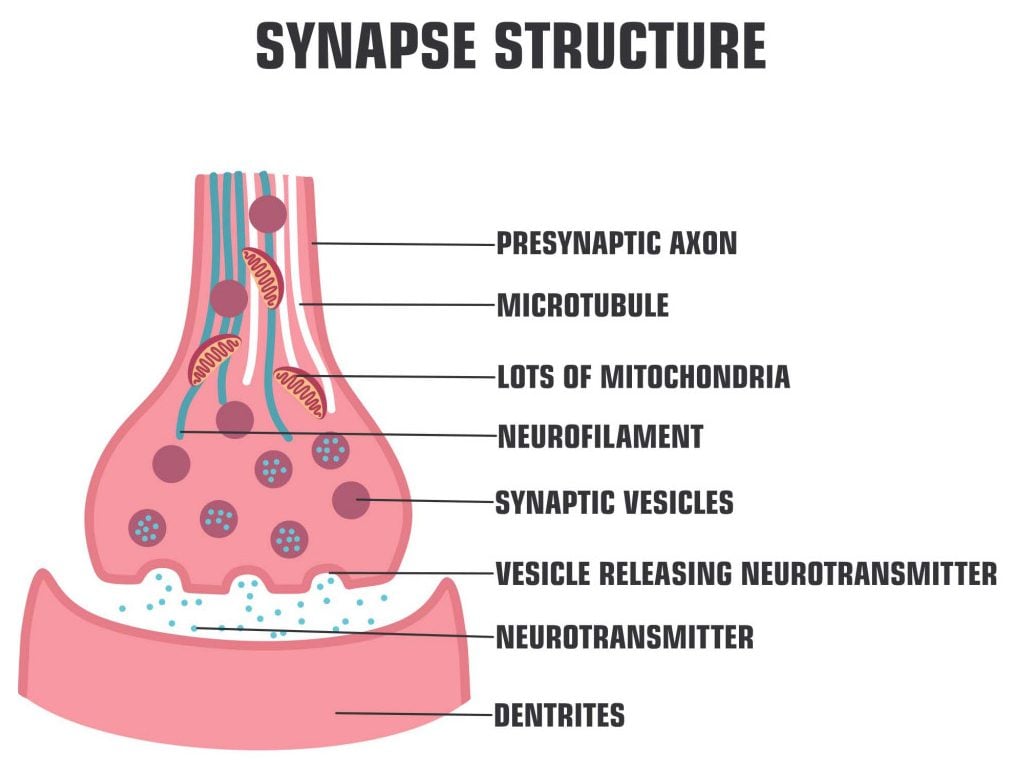
The classical view of how a neuron passes information to another neuron is through synapses. The presynaptic neuron will release a neurotransmitter into the synapse. On the other end of the synapse is a post-synaptic neuron, which is waiting for the neurotransmitters to stimulate it.
This communication between neurons via chemical signals was and still is the standard method employed in the brain, but astrocytes can modulate and change the way that neurons communicate.
Astrocytes release their own set of chemicals that also communicate with the neurons involved. This might strengthen or dampen the signal released from the pre-synaptic neuron, which is important for how the post-synaptic neuron sends this information to the next neuron.
Communication With Other Glia
Astrocytes also communicate with each other and other glial cells, including the microglia. They do this using a mechanism called the ‘calcium wave’. Much like the wave you might see moving around a football stadium, astrocytes release calcium into the extracellular environment, which prods other astrocytes to secrete calcium, in turn signaling other astrocytes to release calcium and so on. Research suggests that this calcium wave might be generated randomly.
Calcium also affects neurons. It is a key ion that controls neurons’ secretion of neurotransmitters and performs a host of other information transmission functions. If astrocytes secrete calcium randomly into the extracellular environment, what does that mean for the neurons present in their vicinity?
We don’t actually know! Scientists think that this might be a piece of the puzzle that is creativity, intelligence and consciousness.
One reason we think this is due to the evolution of the nervous system. Evidence indicates that animals with higher cognitive power and more complex nervous systems have some key differences in their glial cell number and type. One study found that human astrocytes are larger and more numerous than mouse astrocytes.
New Research On Glial Cells
Glial Cells Play A Role In Diseases
In 1910, neuroscientist Alois Alzheimer reported that glial cells form tangled-up plaques and that neurons die rapidly in patients suffering from Alzheimer’s disease. Disorders such as Alzheimer’s, Parkinson’s and Huntington’s later came to be known as neurodegenerative diseases; neurons are seen to wither and die in patients suffering from these diseases.
Very few minds of that decade looked at glial cells. It has only been in the last few decades that scientists have earnestly began to take a closer look at glial cells and discover their many properties and functions.
Two studies published in 2020, one in Nature and the other in Cell, found that glial cells can convert to neurons. Upon switching off a single factor, the researchers found that astrocytes could be converted to neurons. Both studies tested this on mice.
Another study published in Science found that glial cells might play a role in how long you live. They found that four glial cells in the 1 mm worm, C. elegans, controlled the worm’s lifespan by affecting how the worm’s cells reacted to stress.
Glial Cells Play A Role In How We Feel Pain
In 2019, a research team in Sweden found that Schwann cells present under the skin might be responsible for pain. They found that mechanical pain, like being pricked by a needle, was primarily detected by these glia, which would mean that neurons aren’t our main sensory cells!
Glial Cell Play A Role In Memory, Creativity And Social Behavior
Glia have also been linked to memory and learning, social behavior, and creativity.
One controversial study found that by injecting human glial cells into the hippocampus, the part of the brain associated with long-term memory, mice developed better memory. They were better able to identify and remember dangerous objects and navigate, as compared to their littermates with normal mice astrocytes.
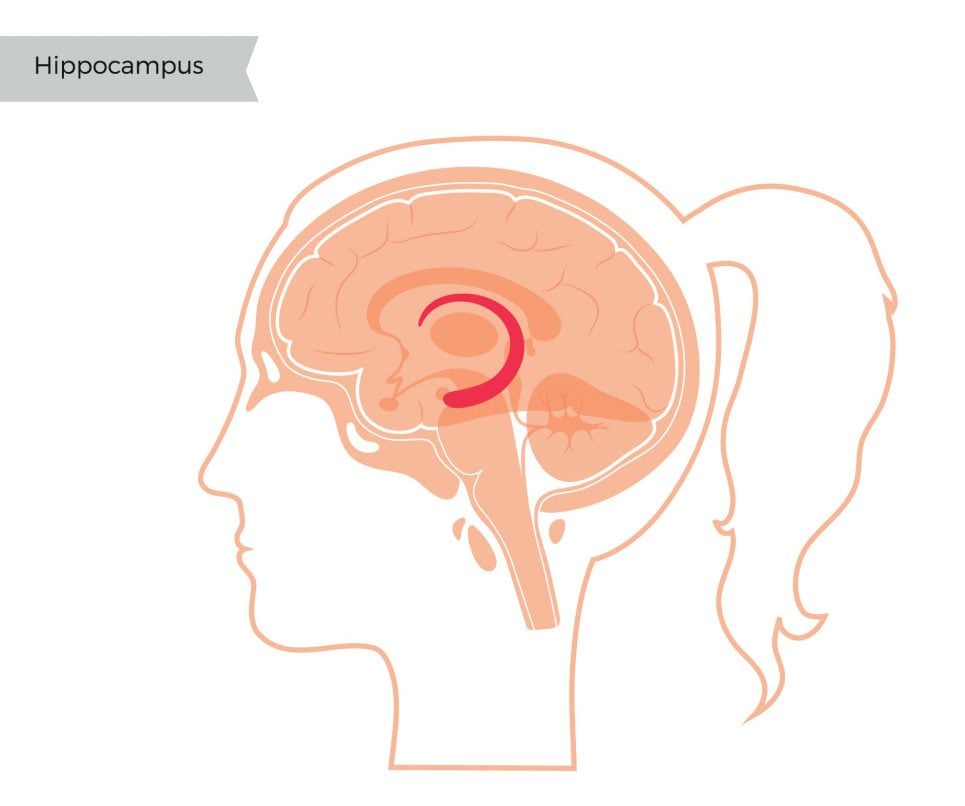
A study looking at the social behavior of ants found that changes in neurons and glial cells allowed worker ants to transition to a Queen ant-like behavior.
This has exciting implications for research on social behavior. Looking at how brain cells and structures differ between different castes in social insects (in biology, castes refer to whether an insect is a worker, queen, reproductive male or soldier, and differs from the sociological definition of caste), along with observing different social roles in mammals and birds, might allow us to gain more insight into the evolution of life and our own social natures.
Conclusion
These studies and many more are indicative of the real impact that glial research could have on medicine. Many of these studies are wading into uncharted water, with many scientists even skeptical of their own brilliant claims. Though animal models allow us to reveal many significant biological phenomenon, things rarely go the same way in humans, or even upon replication of similar experiments.
If much of this sounds fantastical, that’s because it is. Glial cells offer the opportunity to convert our current brain research from 2-D to 3-D, and as with any addition of an entirely new dimension, there’s bound to be some distortion in our vision.
At the moment, glial cells are linked with everything from concrete diseases pathologies to large evolutionary dilemmas like consciousness. However, it is important to remember that they aren’t the only cells in the brain or body. They work in synchrony with the other cells that make up a whole organism. We need to understand glial cells by themselves and in relation with the whole if we ever want to truly unravel the countless mysteries of the brain!
References (click to expand)
- Frakes, A. E., Metcalf, M. G., Tronnes, S. U., Bar-Ziv, R., Durieux, J., Gildea, H. K., … Dillin, A. (2020, January 24). Four glial cells regulate ER stress resistance and longevity via neuropeptide signaling in C. elegans. Science. American Association for the Advancement of Science (AAAS).
- Sheng, L., Shields, E. J., Gospocic, J., Glastad, K. M., Ratchasanmuang, P., Berger, S. L., … Bonasio, R. (2020, August 21). Social reprogramming in ants induces longevity-associated glia remodeling. Science Advances. American Association for the Advancement of Science (AAAS).
- Abdo, H., Calvo-Enrique, L., Lopez, J. M., Song, J., Zhang, M.-D., Usoskin, D., … Ernfors, P. (2019, August 16). Specialized cutaneous Schwann cells initiate pain sensation. Science. American Association for the Advancement of Science (AAAS).
- Qian, H., Kang, X., Hu, J., Zhang, D., Liang, Z., Meng, F., … Fu, X.-D. (2020, June 24). Reversing a model of Parkinson’s disease with in situ converted nigral neurons. Nature. Springer Science and Business Media LLC.
- Zhou, H., Su, J., Hu, X., Zhou, C., Li, H., Chen, Z., … Yang, H. (2020, April). Glia-to-Neuron Conversion by CRISPR-CasRx Alleviates Symptoms of Neurological Disease in Mice. Cell. Elsevier BV.
- Fan, X., & Agid, Y. (2018, August). At the Origin of the History of Glia. Neuroscience. Elsevier BV.
- Windrem, M. S., Schanz, S. J., Morrow, C., Munir, J., Chandler-Militello, D., Wang, S., & Goldman, S. A. (2014, November 26). A Competitive Advantage by Neonatally Engrafted Human Glial Progenitors Yields Mice Whose Brains Are Chimeric for Human Glia. The Journal of Neuroscience. Society for Neuroscience.
- Oberheim, N. A., Takano, T., Han, X., He, W., Lin, J. H. C., Wang, F., … Nedergaard, M. (2009, March 11). Uniquely Hominid Features of Adult Human Astrocytes. The Journal of Neuroscience. Society for Neuroscience.



